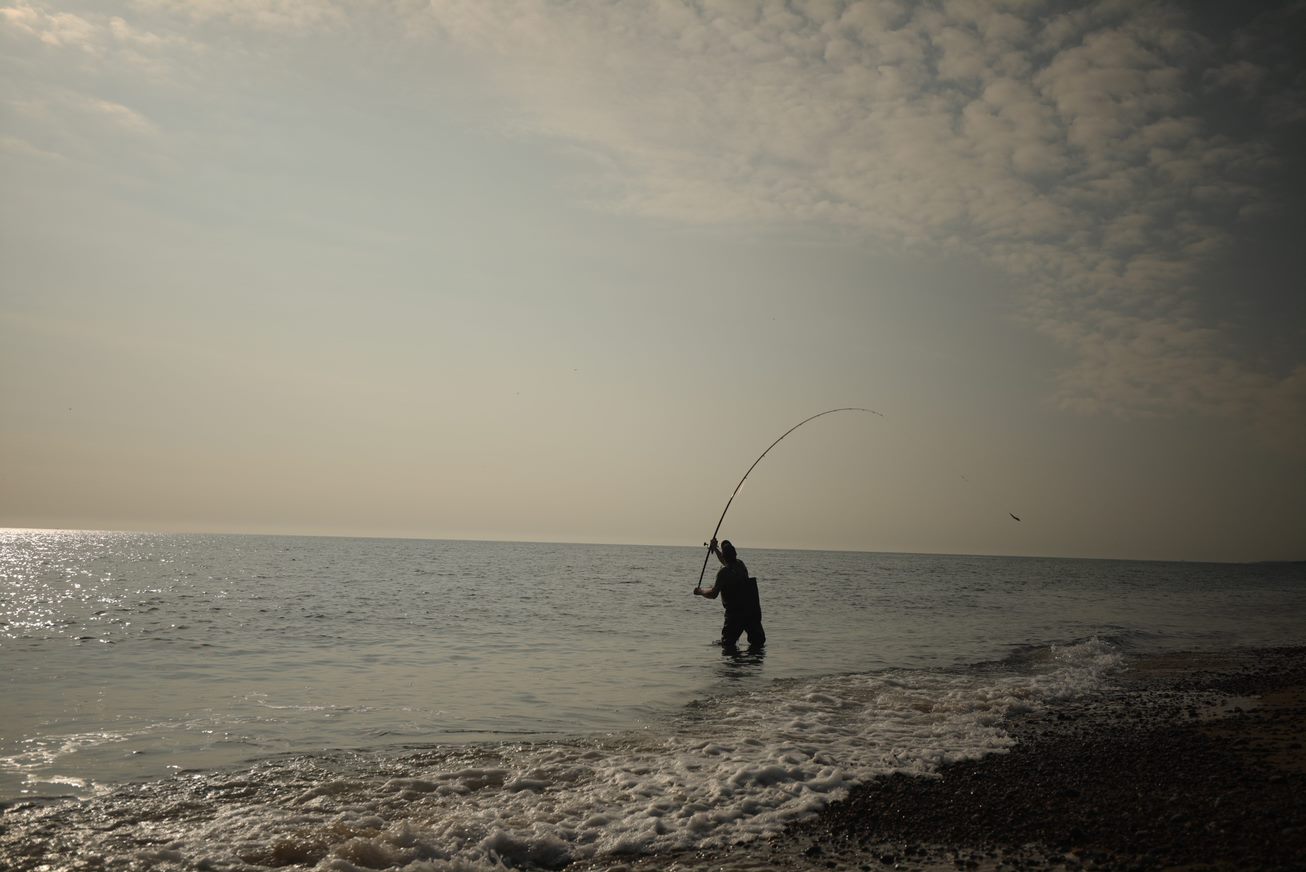Atlantic Bluefin Tuna| Fish Species Guide | Angling Direct

Atlantic Bluefin Tuna
aka Thunnus thynnus
The Atlantic bluefin tuna is the largest of all tuna species, hence its nickname; giant bluefin tuna. As the name suggests, this fish can be found in the Atlantic Ocean and in the colder waters in Northern Europe, however, they can also be spotted in more tropical waters in the Mediterranean Sea. With a preference for deep water, you are unlikely to see them near the coast. It's torpedo-shaped body is paired with small pectoral fins for fast swimming. It colouring tends to be a dark metallic blue back with a silver belly.
The bluefin tuna can retract their dorsal and pectoral fins into slots within their body to reduce drag and to increase their speed as they swim in the water.
Stats
Status
Habitat
Found in cold and warm seas at depths ranging 500 - 1000m.
Bait
Live or dead fish baits, squid jigs & lures.
Native or Invasive
Native
Where
Distributed throughout the Atlantic, with their spawning grounds in the Mediterranean and the Gulf of Mexico.
 Catch Experience
Catch Experience
Video
Blog Highlight
Guide to Beach & Sea Fishing Bait, Fresh or Artificial?
As with any fishing discipline, sea fishing bait is of paramount importance, anglers spend considerable time planning their next session; what tackle to use, line, rigs etc, but you have to remember the only thing the fish are actually interested in...
Read More